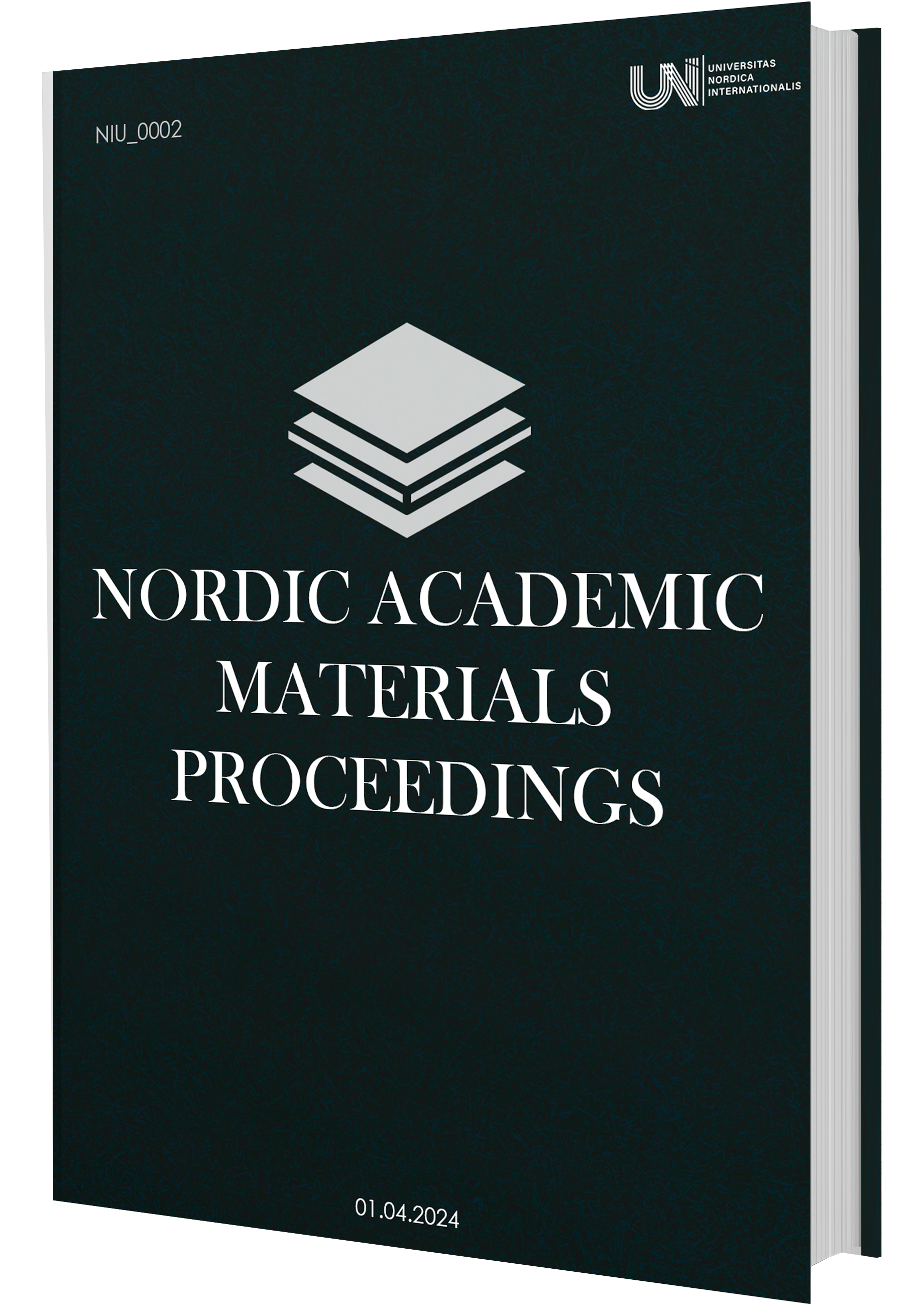The role of the OBOR program in the development of higher education in China
Ключевые слова:
OBOR, China, economic growth, education system, tourism policyАннотация
The One Belt One Road (OBOR) initiative has significantly influenced the development of higher education in China, particularly from 2022 to 2024. In 2022, approximately 30% of Chinese universities reported enhanced international collaboration due to OBOR, with a notable increase in foreign student enrollment by 15%, reaching over 500,000 students. By 2023, funding for educational programs linked to OBOR rose by 20%, amounting to $1.5 billion, facilitating the establishment of joint research centers and academic exchanges with countries along the Belt and Road routes. Projections for 2024 indicate that the number of Chinese institutions participating in international partnerships will exceed 1,200, further promoting cross-border educational initiatives and enhancing curriculum relevance through global perspectives. This trend underscores OBOR’s pivotal role in positioning China as a leader in global higher education while fostering cultural exchange and innovation.
Библиографические ссылки
Khabibjonov, U., & Sakibayeva, T. (2024). THE STRUCTURE OF PIRLS INTERNATIONAL ASSESSMENT SYSTEM. THE ROLE IN THE COUNTRY’S ECONOMY AND EDUCATION SYSTEM. Science and innovation, 3(B7), 55-59.
Habibjonov, U. (2024). INDICATORS OF RATIONAL USE OF AGRICULTURAL RESOURCES OF UZBEKISTAN DURING THE COVID-19 PANDEMIC. Nordic_Press, 3(0003).
Habibjonov, U. (2024). WAYS TO IMPROVE THE EFFICIENCY OF FOREIGN INVESTMENTS. Nordic_Press, 3(0003).
Habibjonov, U. (2024). “Bir makon-bir yo ‘l” istiqbol dasturining butunjahon savdo va iqtisodiy o ‘sishga ta’siri. Nordic_Press, 3(0003).
Habibjonov, U. (2024). Mehmonxona xo’jaligida narx siyosati. Nordic_Press, 3(0003).
Khabibjonov, U., & Ismoilov, I. (2024). GENERAL STRUCTURE AND DEVELOPMENT OF CHINA’S “ONE BELT, ONE ROAD” PROGRAM. Science and innovation, 3(A7), 29-34.
Опубликован
Выпуск
Раздел
Категории
Лицензия
Copyright (c) 2024 Umrbek Otaboyev

Это произведение доступно по лицензии Creative Commons «Attribution-NonCommercial» («Атрибуция — Некоммерческое использование») 4.0 Всемирная.
Условия лицензии
Эта работа доступна под лицензией Creative Commons Attribution-NonCommercial 4.0 International License. Чтобы просмотреть копию этой лицензии, посетите http://creativecommons.org/licenses/by-nc/4.0/ или отправьте письмо по адресу Creative Commons, PO Box 1866, Mountain View, CA 94042, США.
По этой лицензии вы можете:
Поделиться — копируйте и распространяйте материал на любом носителе и в любом формате.
Адаптируйте — делайте ремиксы, трансформируйте и дорабатывайте материал.
Лицензиар не может отозвать эти свободы, если вы соблюдаете условия лицензии. На следующих условиях:
Атрибуция. Вы должны указать соответствующую ссылку, предоставить ссылку на лицензию и указать, были ли внесены изменения. Вы можете сделать это любым разумным способом, но не таким образом, который бы предполагал, что лицензиар одобряет вас или ваше использование.
Некоммерческое использование — вы не имеете права использовать материал в коммерческих целях.
Никаких дополнительных ограничений. Вы не имеете права применять юридические условия или технологические меры, которые юридически запрещают другим делать все, что разрешено лицензией.





